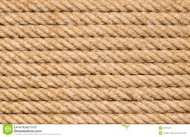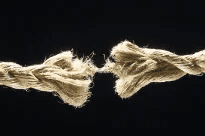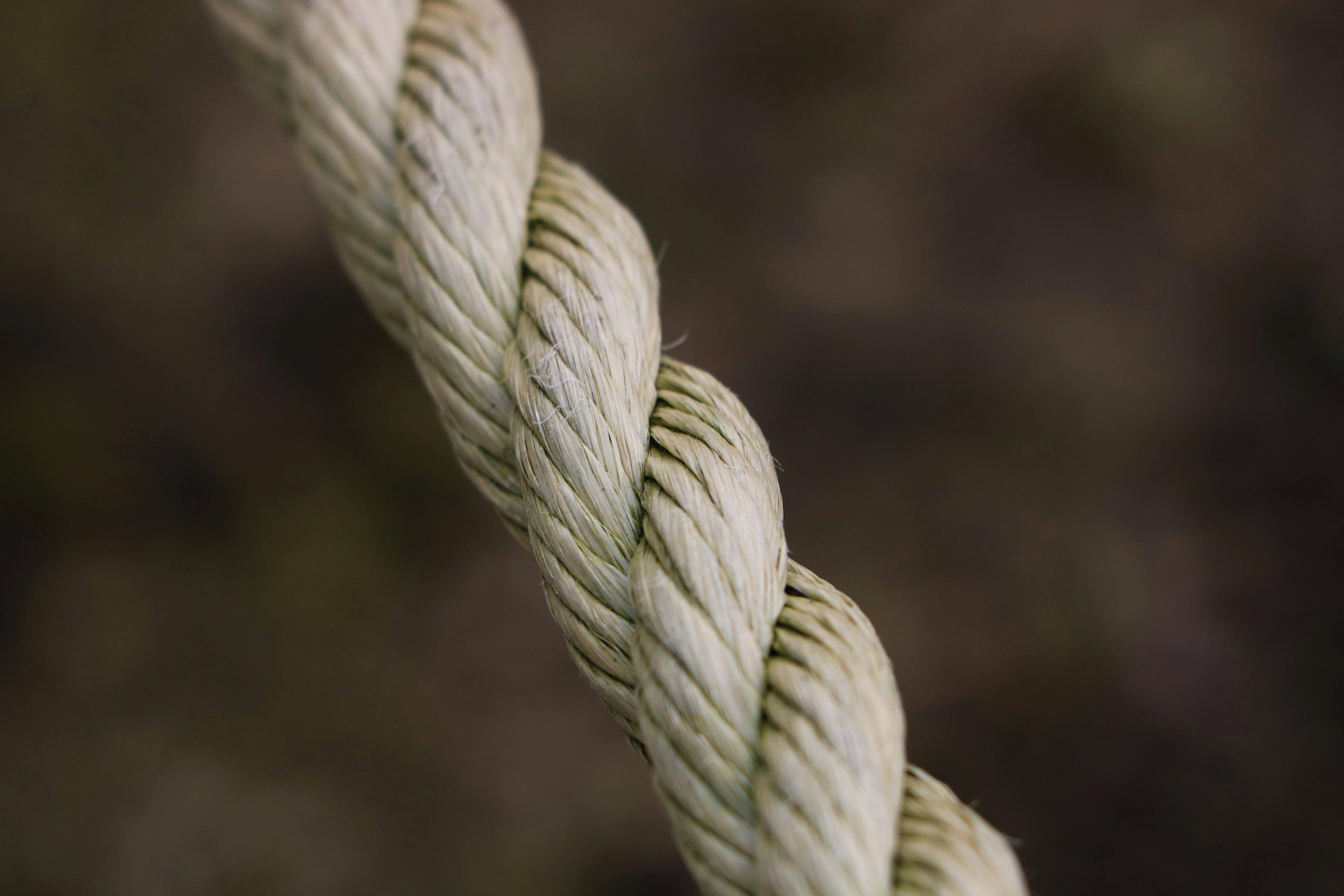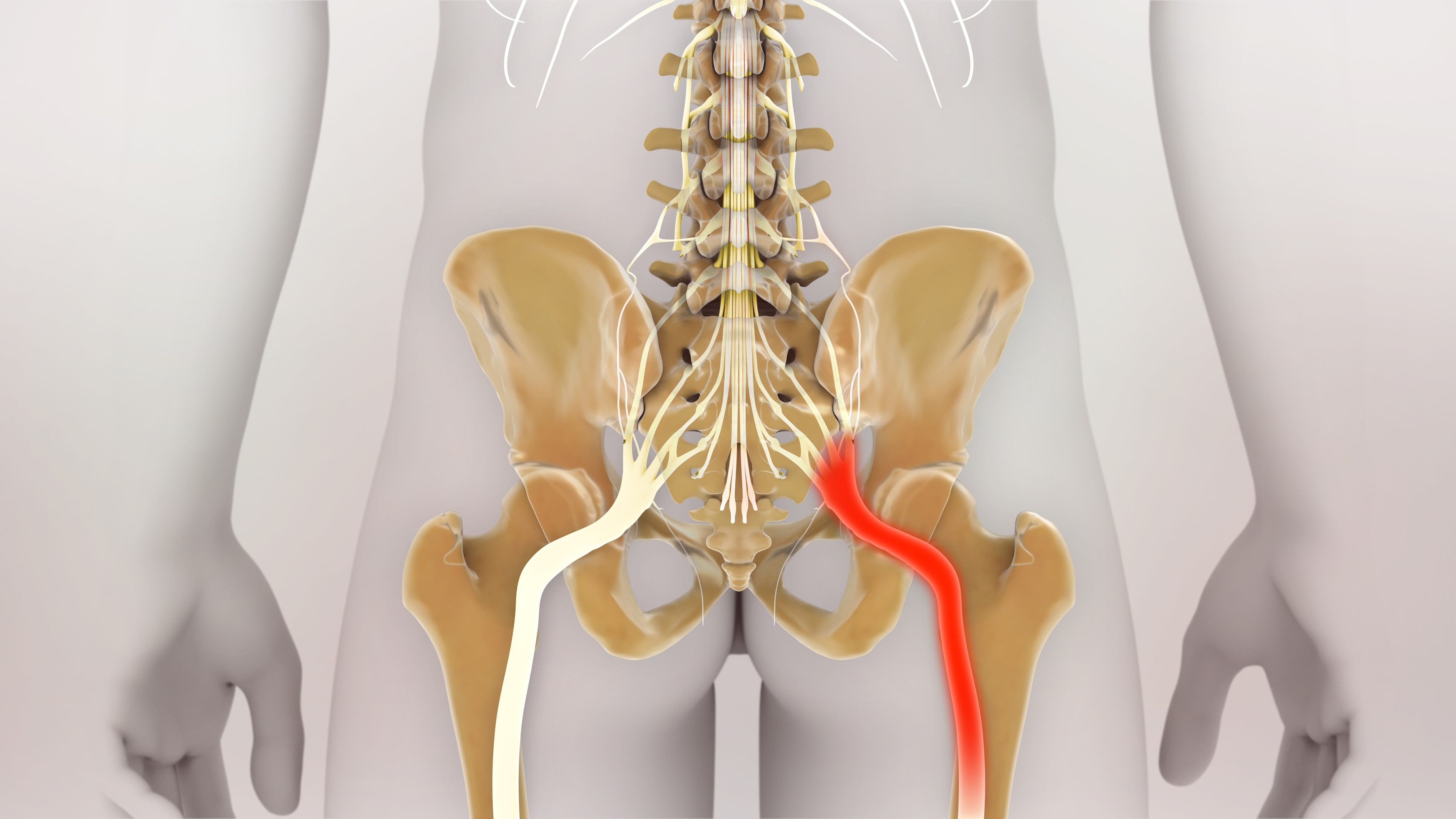Talking all things tendons
Jan 28, 2015
You would know it takes a ridiculously long time to heal if you have had tendon pain or know someone that has. So what is it with tendon issues being so notoriously slow to heal?
When a muscle tears, the injury takes about 3-4 weeks to heal. When a bone breaks the injury takes about 6 weeks to heal. But when a tendon is irritated, it can take 3 months or longer to settle down. Have you ever heard of rotator cuff issues? Golfers elbow? Tennis elbow? Heel spurs? These are all to do with tendon based pain.
Commonly referred to as tendinitis, its proper name is tendinopathy. When you experience tendon pain, there is breakdown and general wear and tear of the tendon. The older you are, and the more you ignore the injury, the more wear and tear there will be. In a young person who has no tendon issues, the tendon cells align in a compact, neat, parallel fashion, like a brand new rope (pictured below left). As the wear and tear proceeds the cells become loose and disorganized like a frayed, old rope (pictured below right).


Common areas for tendinopathies in runners:
Patella tendon (pain at the front of the knee).
Achilles tendon (pain behind the heel).
Gluteal tendons (pain at the side of the hip).
Plantar fasciitis (pain under the heel).
Common causes:
Loads. An irritated tendon is a direct reflection that the tendon is not coping with the demands you are placing on it. For example, bringing in an extra sprint session in the week to your training plan, or adding a hill sprint session, can set off a tendon issue.
Muscle imbalances: Generally in the tendon that is irritated, its respective muscle has wasted. Other areas in the kinetic chain typically have wasted as well.
For example in Achilles tendinopathy, the calf muscle has wasted and sometimes further up the chain, the gluts, quads and hammies have also wasted.
Age: the older you get, the more wear and tear you will have in areas such as your tendons.
Symptoms
Tendons have a very interesting way of indicating they are irritated. If you tear a muscle, you know about it at the time of the incident. Versus with an irritated tendon, its symptoms can creep up on you. Symptoms in order of severity of tendon pain:
Pain in the area of the tendon after a run
Pain at the start and end of a run
Pain the next morning after a run, particularly with your first few steps as you get out of bed (for Achilles Tendinopathy) or as you first walk down stairs (for patella tendinopathy).
Pain every morning, even without a training day on the previous day.
For example in Achilles Tendinopathy, the pain can last for a few minutes as you start to walk around on it in the morning.
Common treatments:
Loading:
Be guided by your Sports Physiotherapist on how much to reduce your running and how/when to gradually increase running again. A careful, gradual return to running is vital at improving tendon pain as it helps to stimulate the damaged tendon cells and improve their organisation.
Some load of the tendon is good.
For Achilles Tendinopathy doing some static calf raises is helpful. Holding onto a bench, lift up into a half calf raise. Hold 3x30sec, 3-4 times throughout the day. These static holds can be really great to add into your warm up before a run.
Complete rest of the tendon (unless it is severely irritated) is not good.
Ice: can be used as a helpful analgesic to relieve pain.
Strengthening: the muscle of the affected tendon, and ensuring the rest of the kinetic chain is strong.
For Achilles tendinopathy, do calf raises once to twice per day. Your exact dose of calf raises should be prescribed by your physio, depending on how irritated the tendon is. Calf raises will help to re-build calf muscle strength and will help to put some load through the tendon.
Maintain your cardio fitness in other ways if you have to reduce your running training loads.
For example, if you have an Achilles tendon issue, you can still cycle!
Taping and bracing: Can be effective to reduce the pressure on the tendon.
Achilles tendon issues – ask your physio about a heel wedge that inserts into your running and work shoes. This lifts the position of the heel and reduces the load on the tendon. However, if your Achilles is really bad, you may need to go into a boot to take the load off it completely.
Patella tendon issues – ask your physio about a patella tendon strap that can be worn while running.


